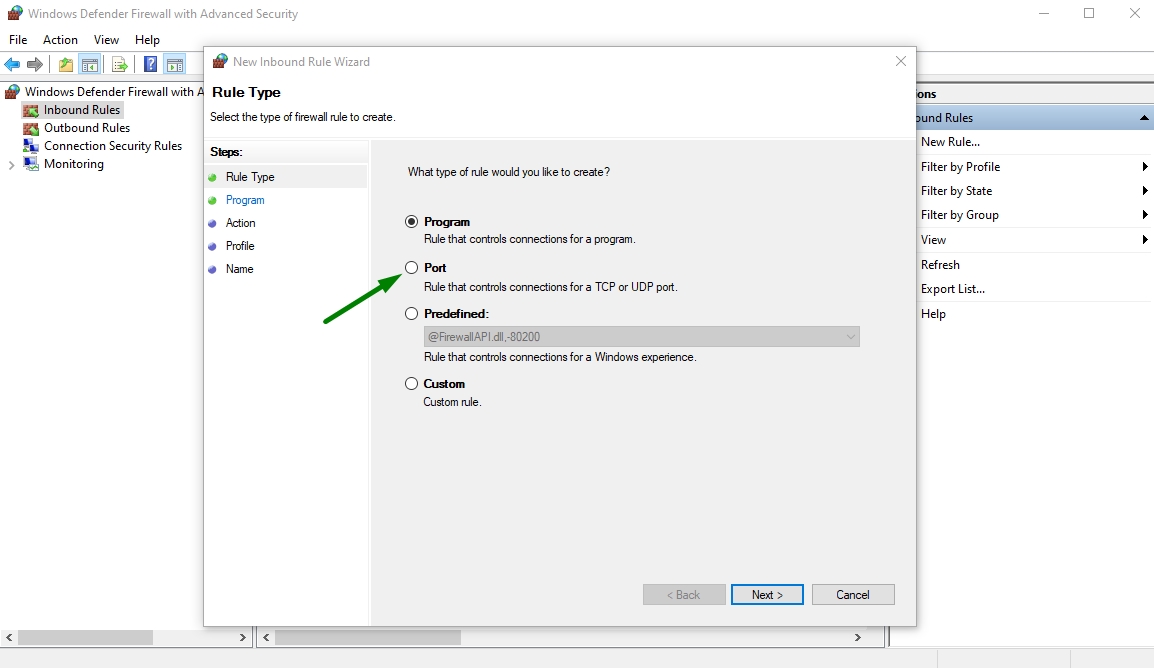

Nameserver on a machine he wants to compromise. Widens and eyes sparkle at this evidence of an open ISC BIND Scanme scan, but these results are actually useful. This result took an hour, versus five seconds for the previous While it isn't as comprehensive as version detection, it would have quickly identified the open port 53 in Example 5.5. Nmap version 5.10BETA1 and newer have a payload system which sends proper service protocol requests to more than three dozen well known UDP ports if they are selected for port scanning or host discovery. While Ereet eventually found the open port, he made a mistake in not updating his Nmap version first. He tries again with version detection, as shown in Example 5.7. Turns his attention back to Scanme, which listed all ports as open|filtered last time. While these results aren't perfect, learning the true state of two outĪfter the success in disambiguating Felix results, The community string public, but not all are. Is open but Nmap does not have a working version probe for DHCP.Īnother tough service is SNMP, which usually only responds when theĬorrect community string is given. The system isn't perfect though-port 67 is still This new scan shows that port 111 and 53 are definitely open. Nmap done: 1 IP address (1 host up) scanned in 1037.57 seconds sV to the Felix scan are shown in Example 5.6. If any of the probes elicit a response from an open|filtered port, the state is When version scanning is enabled with -sV (or Version detection subsystem described in Chapter 7, Service and Application Version Detection. Would need a large database defining their probe formats.įortunately, Nmap has that in the form of To send the proper packet for every popular UDP service, Nmap Packet looks completely different than a SunRPC, DHCP, or DNS request Some common general format that Nmap could always send. Generally define their own packet structure rather than adhering to

Packets Nmap sends are considered invalid. The reason these services don't respond often is that the empty Listening on a port will respond in kind, proving that the port is

Yet it also shows that, on rare occasions, the UDP service To receive any responses from its UDP probes to a particular port. That the open|filtered state occurs when Nmap fails Table 5.3, “How Nmap interprets responses to a UDP probe” shows In this case, the scan didn't narrow down the open ports at all.Īll 1000 are open|filtered. Nmap done: 1 IP address (1 host up) scanned in 5.50 seconds We can see that in Example 5.4, which shows Ereet scanningĪll 1000 scanned ports on (64.13.134.52) are open|filtered Is better guarded now, so Nmap changed in 2004 (versionģ.70) to report non-responsive UDP ports as Released, filtering devices were rare enough that Nmap could (and did) Several attempts, it cannot determine whether the port is Unfortunately,įirewalls and filtering devices are also known toĭrop packets without responding. Then open ports could all be deduced by elimination. If ports in all other states would respond, To a listening application, which usually discards it More likely to get a response and be marked open, butįor the rest, the target TCP/IP stack simply passes the empty packet up Those ports for which Nmap has a protocol-specific payload are The most curious element of this table may be theīiggest challenges with UDP scanning: open ports rarely respond to empty
HOW TO OPEN SPEFICFIC UDP AND TCP PORTS MAC OS FIREWALL CODE
Other ICMP unreachable errors (type 3, code 1, 2, 9, 10, or 13) ICMP port unreachable error (type 3, code 3) No response received (even after retransmissions) Any UDP response from target port (unusual)


 0 kommentar(er)
0 kommentar(er)
